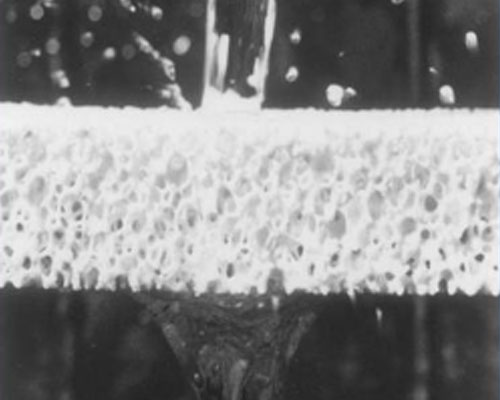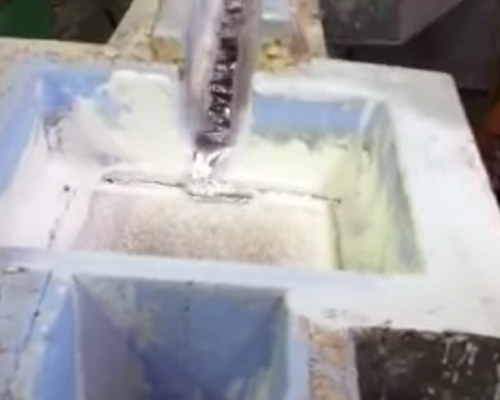The molten aluminum filtering process is a process of removing inclusions mainly including oxides and non-metallic substances in the filter.
Common methods for filtering and removing slag or impurities from molten aluminum are foam ceramic filtration, alumina ball sand filtration and ceramic tube filtration. Each has its advantages and disadvantages, and a reasonable evaluation and selection should be made based on the requirements of the final product and the production process used. However, due to its unique advantages, ceramic foam filter board is still the best way to filter and purify molten aluminum.
As we all know, inclusions in aluminum melt usually exist in three forms: metal oxides, refractory scraps and other foreign particles, and particles that are attracted during melt processing.
There are roughly three ways to remove particles suspended in the molten aluminum filtering process:
Settling, particles accumulate at the bottom of the melt;
Floating, the inclusions float up and gather on the surface of the melt;
Filtration, which separates the particles from the melt through a porous medium.

Natural sedimentation generally occurs when the particle density is relatively large and coarse, and the static sedimentation of particles smaller than 90 um is not very effective. Bubbles or molten solvents generated during gas removal for hydrogen removal or solvent treatment can bring inclusion particles to the surface of the melt. This mechanism is also unreliable for removing small inclusions of 30 um-40 um in most cases. . Filtration refers to the process in which the melt flows through densely packed spheres, glass fiber fabrics, metal mesh, foam ceramic filter plates or other porous media to separate the inclusion particles from the melt.
The advantage of the foam ceramic filter plate is that it can remove inclusion particles with a diameter much smaller than its through holes. The ceramic foam filter plate separates inclusions through sieving, cake, and deep bed filtration.

